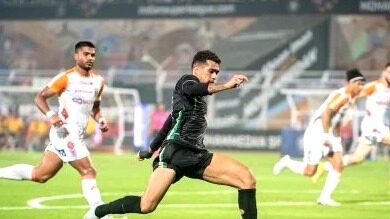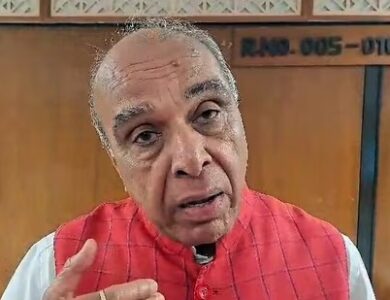The floods in Vijayawada back in September 2024 happened because of a mix of really intense natural events, so great infrastructure, and some urban planning problems. Several things came together to cause this disaster:
Massive Rainfall & Odd Monsoon Patterns:
Vijayawada saw its heaviest rain in 50 years! The nonstop rain overwhelmed the city’s drainage. This heavy rainfall happened quickly and was part of a larger change in monsoon patterns maybe due to climate change. The 2024 monsoon was strange, with less frequent but more intense rains, making water build-up that the city just couldn’t manage.
Krishna River Overflowing & Prakasam Barrage Releases:
Vijayawada sits next to the Krishna River, which filled up a lot from all the rain. To keep things safe, the Prakasam Barrage had to release over 1.1 million cusecs (that’s a lot!). While this was necessary, it also led to flooding downstream and drowned parts of the city. The barrage, so important for controlling river flow, just couldn’t handle all that water.
Budameru River Overflow:
The Budameru River, a smaller river in the area, also spilled over its banks because of all that rain. This made flooding worse especially in those lower areas of the city where drains were already full of water.
Urbanization & Infrastructure Problems:
Vijayawada has grown quickly, which has really stressed out its drainage systems. Poor planning and uncontrolled building blocked natural water pathways. So, the city’s drains couldn’t keep up with all the rainwater! Lots of new places and crowded areas faced serious waterlogging too. The old drainage system didn’t help at all, leading to many homes and shops getting submerged.
Lack of Preventive Measures Even though weather forecasts warned about heavy rains coming, Vijayawada wasn’t ready for it. The way they released water from Prakasam Barrage was more of a reaction rather than a plan! Many neighborhoods didn’t get proper flood warnings either. There were delays in rescue efforts too, which made things worse for folks stuck in flooded homes for too long.
Effects of Climate Change:
The floods in Vijayawada are part of a bigger trend extreme weather changes linked to climate change are happening worldwide! Rising temperatures and shifting weather patterns are making heavy monsoon rains happen more often. This unpredictability is increasing flood risks for cities like Vijayawada that are near big rivers and are growing fast.
Human Costs & Damage:
The floods caused several tragedies and left thousands without homes. Many low-lying areas were completely underwater! The National Disaster Response Force (NDRF) and local officials jumped into action for rescues. Roads, railways lots of important stuff got badly damaged; many highways and train services stopped working too! Power outages affected various neighborhoods as electrical stations flooded big damage costs followed!
Government Relief Efforts:
After the floods hit, the government set up relief camps & provided food, clean water, plus medical help to those who lost their homes. They turned function halls, schools, and other buildings into emergency shelters! Boats were used to rescue people stuck in flooded spots while authorities assessed what had happened and started helping with financial support too! These floods have got everyone talking about improving drainage systems, boosting flood defenses, & creating better early warning systems for future storms.
In Conclusion September 2024 floods in Vijayawada were caused by many interacting things: record rainfall, overflowing rivers, issues with urban infrastructure & not enough preparedness made it worse. These floods show how urgent it is to improve how we plan our cities—better flood management tools & stronger early warning systems are needed badly! As climate change keeps affecting our world’s weather patterns, places like Vijayawada must be ready for whatever nature throws at us next!




